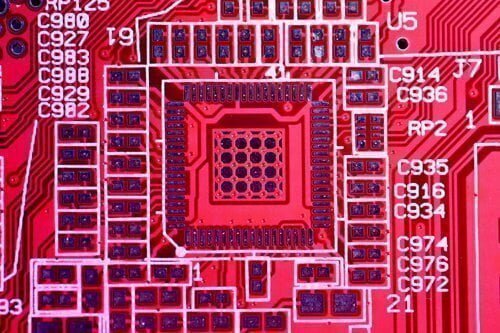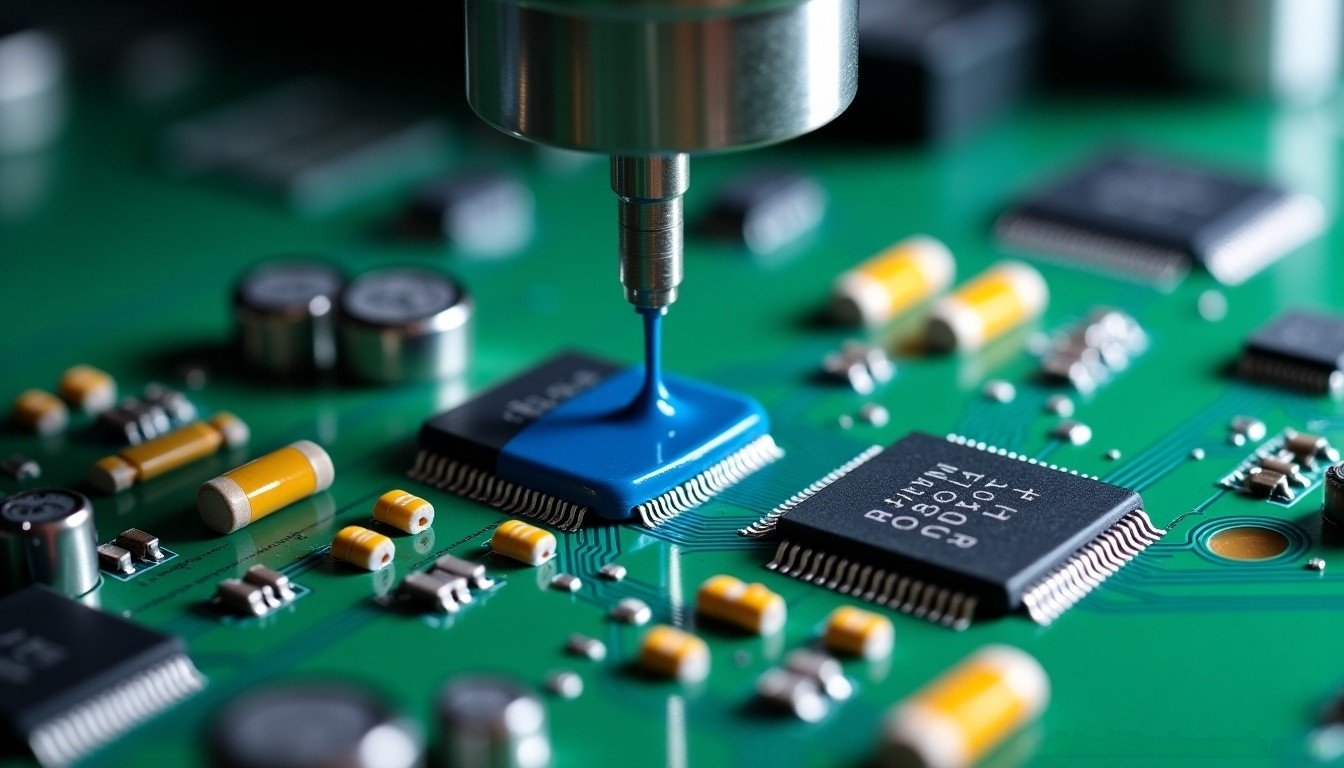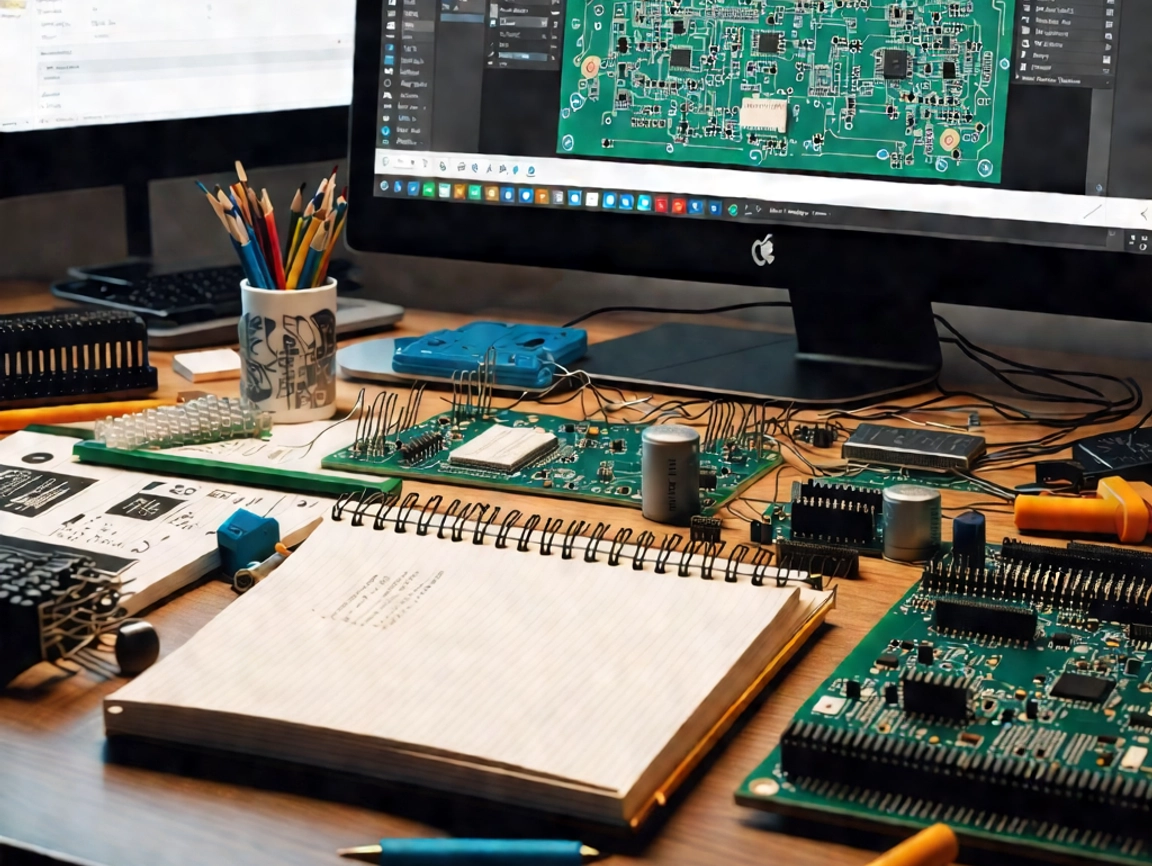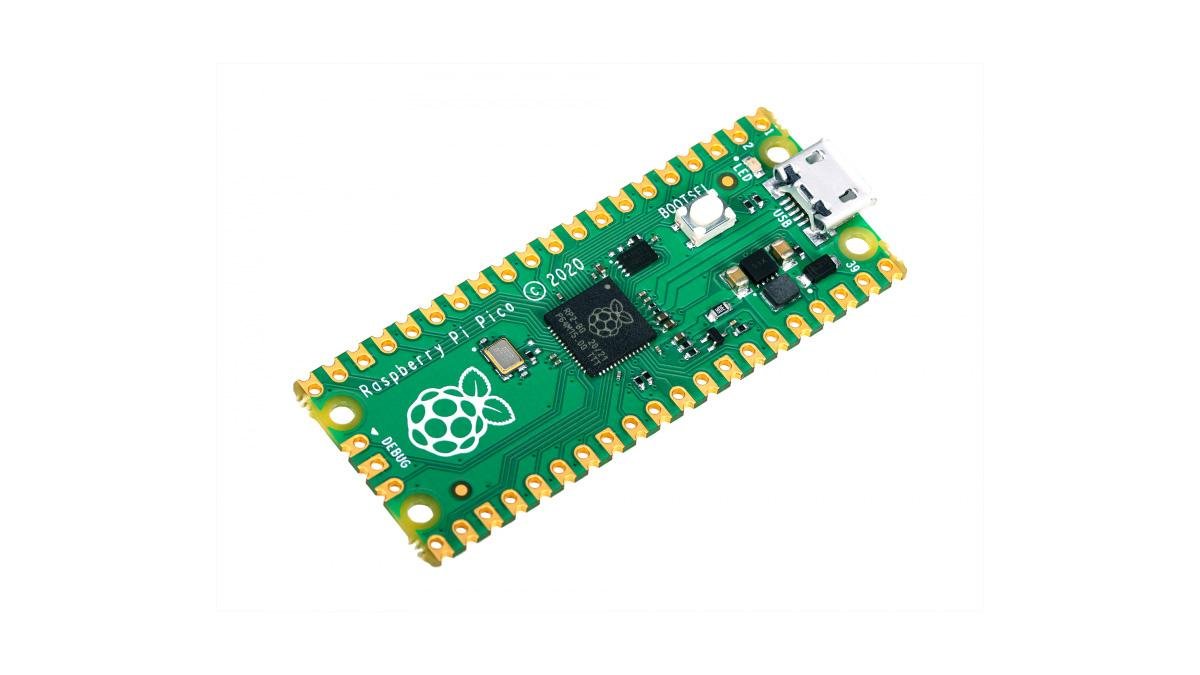Are you a beginner in the world of microcontrollers? If so, then you have likely heard about the PIC16F722 Microchip. This microcontroller is known for its powerful features, and it’s a great place to start if you’re looking to learn more about microcontrollers and the way they work. In this guide, we will explore the features of the PIC16F722 Microchip and how it can help you as you begin your journey into microcontroller programming. We will look at the different features and functions of this microchip, including its analog-to-digital converter, its wide range of memory options, and its ability to interface with other microcontrollers. You’ll also learn about the development tools available for this microchip and how they can be used to make programming easier. By the end of this guide, you’ll have a better understanding of the features of the PIC16F722 Microchip and how they can help you on your microcontroller journey.
About PIC16F722 Microchip
The PIC16F722 Microchip microcontrollers are a great solution for embedded system designers. This powerful range of microcontrollers offers high performance, low power and an extensive peripheral set, making them perfect for a wide range of applications. The PIC16F722 features a 16-bit CPU with up to 16 MIPS of processing power and up to 8 kB of RAM. It also has a wide array of peripherals, including advanced communications protocols, analog-to-digital converters and digital I/O lines. With its enhanced features and functionality, the PIC16F722 Microchip microcontroller is ideal for developers looking to create sophisticated embedded systems.

Feature Introduction
- 3-level program memory hierarchy;
- On-chip oscillator;
- 14-bit core CPU and 35 instruction set;
- Serial communication (I2C, SPI, UART);
- In-Circuit Serial Programming (ICSP) technology;
- High-speed 10-bit, up to 8-channel Analog-to-Digital (A/D) converter.
Performance Parameter
- Operating Voltage: 4.0V to 5.5V;
- Flash Program Memory: 28K x 14 words;
- RAM Data Memory: 256 x 8 bytes;
- I/O pins: 28;
- ADC: 10-bit;
- Timers: 2 x 8-bit or 1 x 16-bit;
- Internal Oscillator: 4MHz;
- EEPROM Data Memory: 256 x 8 bytes;
- Pulse-width modulator (PWM) module: 1 x 8-bit;
- Peripherals: Comparator, SPI, I2C, ECCP, CCP, PWM, WDT, PSMC.
Analog-to-digital converter
The analog-to-digital converter, or ADC, is a feature that is commonly found in microcontrollers. It allows the microcontroller to convert analog signals, such as temperature or sound, into digital signals that can be processed. ADCs often come with options for a variety of sample rates, voltage inputs, and resolutions. The PIC16F722 Microchip offers 10-bit resolution at a sample rate of 800 samples per second. This is a good starter ADC that can help you experiment with the world of analog signals.
Memory options of PIC16F722 Microchip
The PIC16F722 Microchip comes with three memory options – EEPROM, Flash, and RAM.
EEPROM is electrically erasable programmable read-only memory that can be programmed once and written to multiple times. This can be a very useful feature, especially if you want to store data in your microcontroller that you want to keep even if the power is shut off.
Flash memory is non-erasable memory that can be written to or read from only once. It is very useful for storing instructions, variables, or any other data used during the program that doesn’t need to be changed.
RAM is a type of memory that can be written to and read from, but any data written to it is erased once the power is shut off. It is useful for storing data that needs to be changed throughout the program.
The PIC16F722 Microchip offers a maximum of 64 kB of EEPROM, 16 kB of RAM, and 32 kB of Flash. This gives you plenty of space to store everything you need, and it is easily expandable.
Interface with other microcontrollers
The ability to interface with other microcontrollers is yet another feature that is helpful in getting started with microcontrollers. Interfacing with microcontrollers allows you to send data to one microcontroller and receive data from another microcontroller. This is especially helpful when you want to combine the power of multiple microcontrollers and use them as one unit. The PIC16F722 Microchip allows you to interface with other microcontrollers using synchronous serial communication, such as SPI and SSI. This is a good way to get started experimenting with interfacing, and it’s something you can use in many different real-world situations.
Development tools for PIC16F722
The development tools for the PIC16F722 Microchip include the MPLAB X IDE, the PICSTART Plus Starter Kit, and the PICkit3. MPLAB X is a powerful IDE that makes programming a lot easier. It offers real-time debugging and data visualization and is compatible with a variety of different operating systems. The PICSTART Plus Starter Kit comes with everything you need to get started. It includes a programmer, a programmer cable, and a USB cable. The PICkit3 is a PIC programmer, which makes it easier to program and debug microcontrollers.
Conclusion
The PIC16F722 Microchip is a great place to start if you’re looking to get into microcontroller programming. It features powerful and useful features, including an ADC and the ability to interface with other microcontrollers. If you’re just starting out, this microchip is a great choice.






